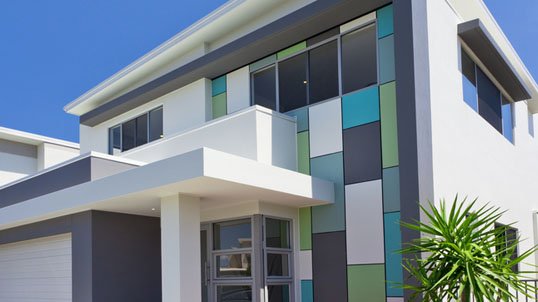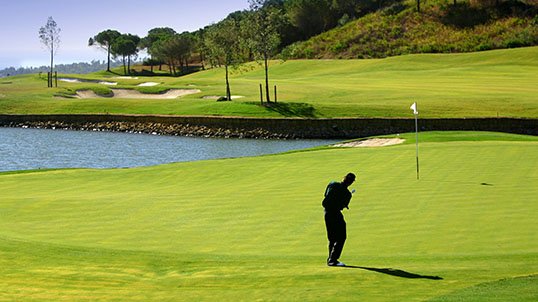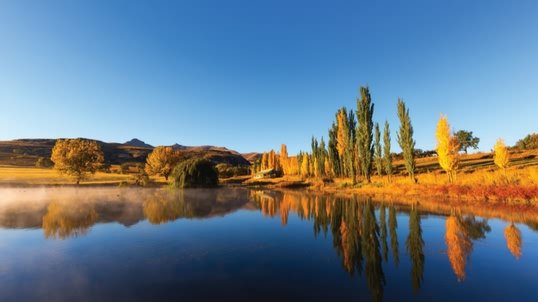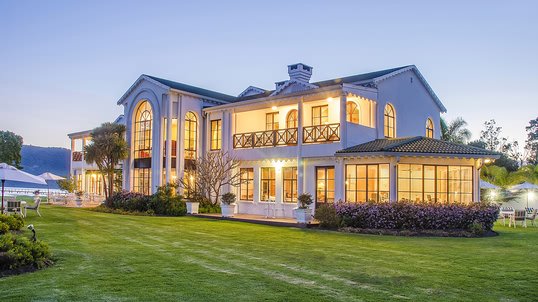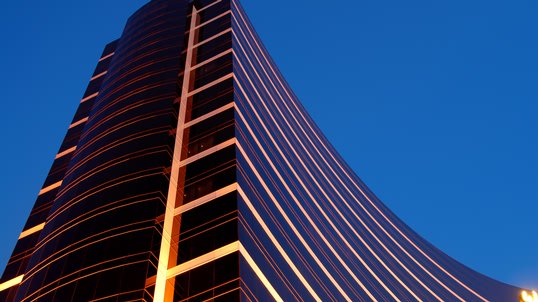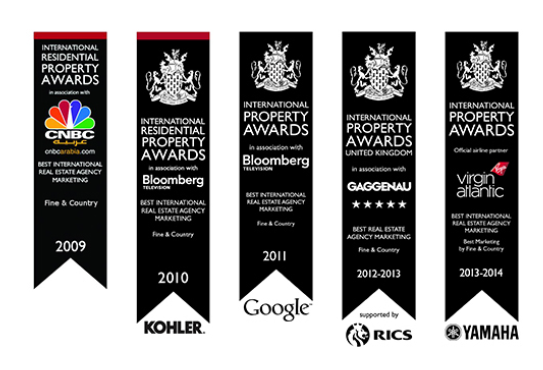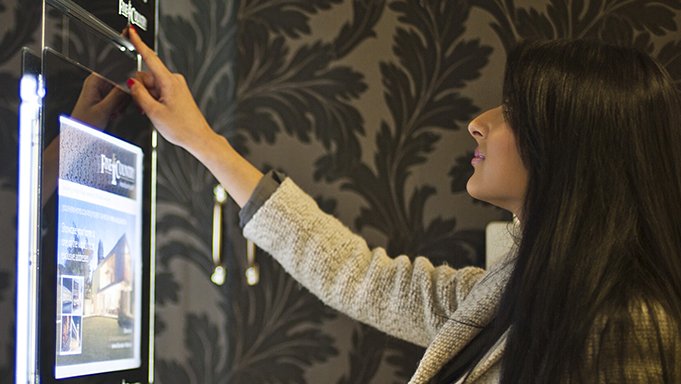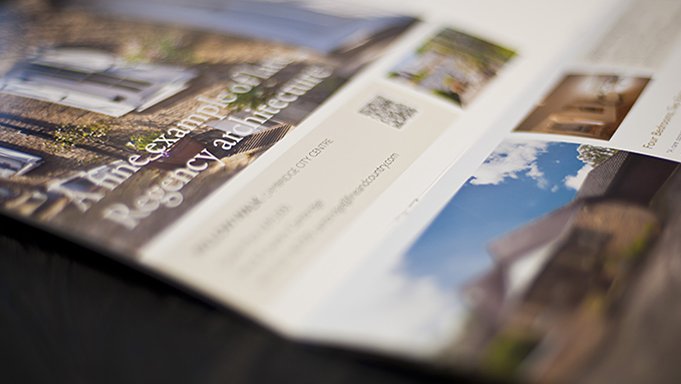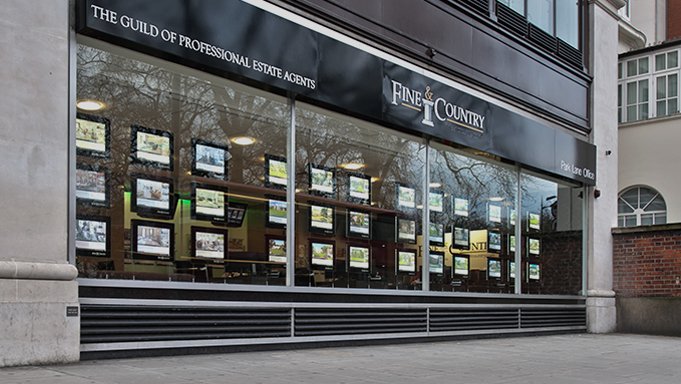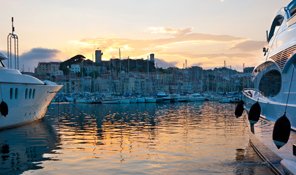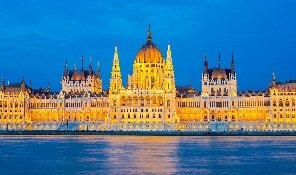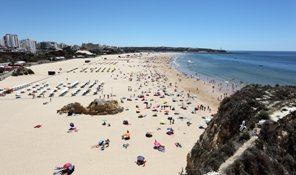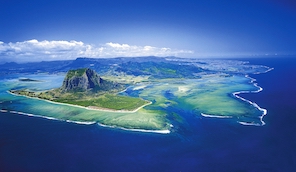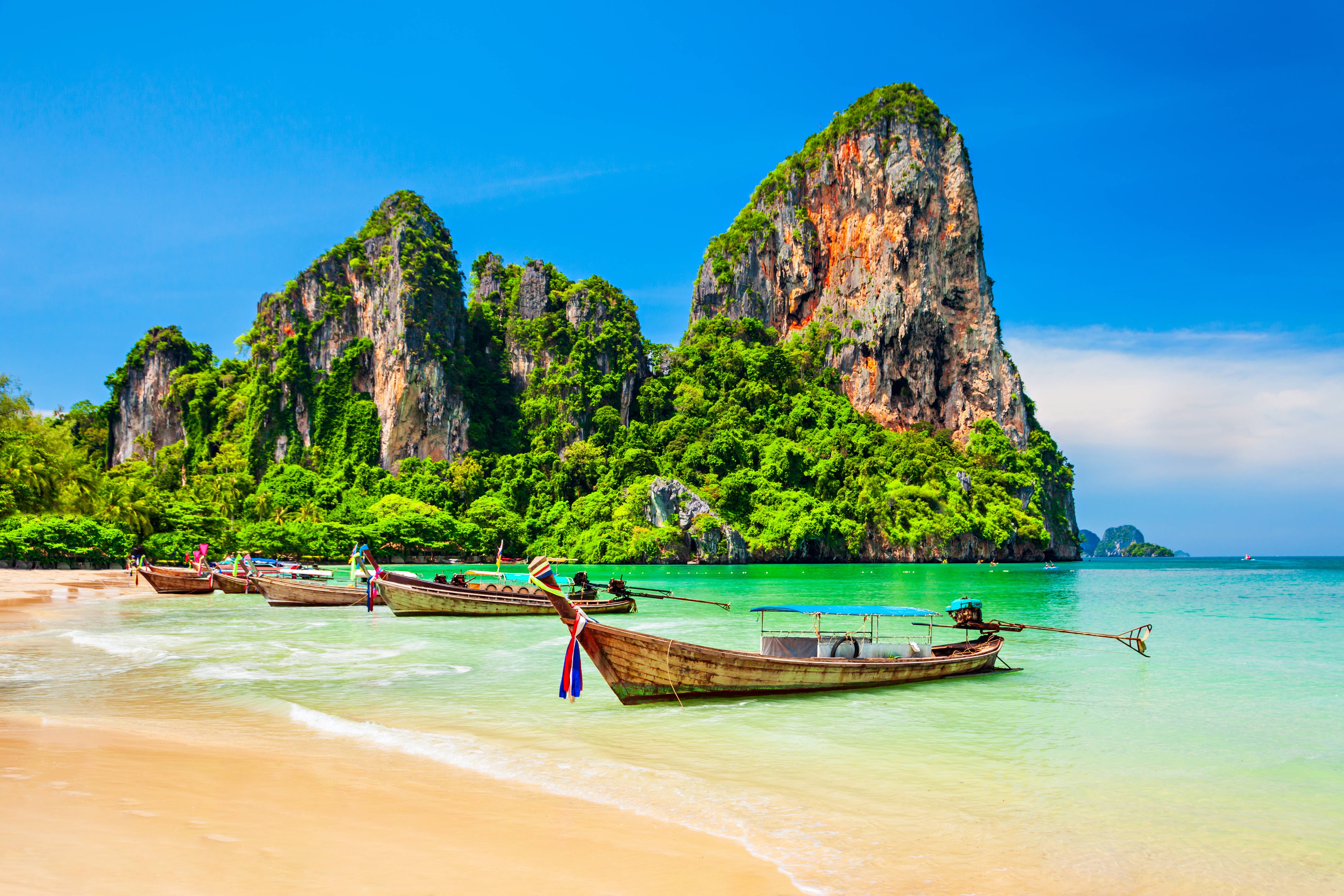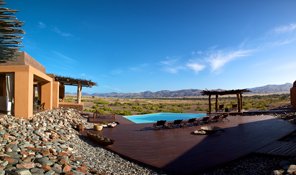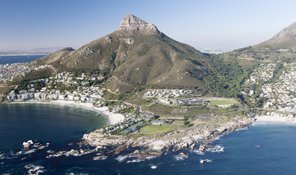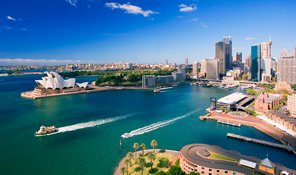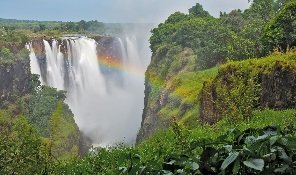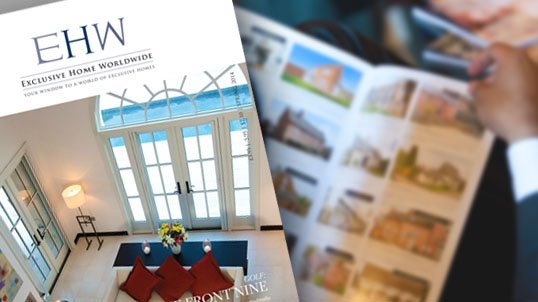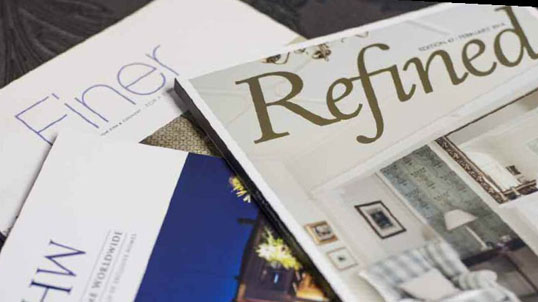The movements and migration of Johannesburg’s luxury apartments
As always, it is so interesting to look back in time by a few decades, to a different era or into antiquity, to take stock of how, where, and when aspects of modern life began or were commonplace. Perhaps it is a matter of knowing where one (or things) come from, in order to have an idea of where they may be headed.
Nothing new
Modern mankind often behaves as if everything we hold dear and enjoy was invented or developed quite recently, while in fact, much of what one appreciates nowadays is nothing new – probably something old or ancient, only refined, streamlined, and made more sophisticated of late to suit modern life. This particularly applies to fashions and trends, which almost always change after a while, and then return and become in vogue again.
The vibrant city of Johannesburg
In a similar way, the CBD or city centre of Johannesburg was once the beating heart of South Africa’s largest, most vibrant, and economically active big city. As befitted the most affluent city, apartments that were considered luxurious by the standards of the day were relatively plentiful in areas adjacent to the city centre.
Johannesburg was many things to many people, and represented the height of luxury to tens of thousands because it was:
- a shopper’s mecca;
- the fashion capital of the country;
- the place where most of the country’s best paid, white-collar workers were employed,
- an entertainment centre that housed cinemas, theatres, pubs, hotels, restaurants, and nightclubs;
- the seat of most corporate head offices; and
- a city in which inner-city residential accommodation primarily consisted of apartments, situated in apartment blocks, many of the latter being perfectly luxurious examples of sophisticated city living and gracious lifestyles,
Inadequate facilities
Before very long, the population of the country grew, while more and more people flocked to Johannesburg, the City of Gold, in search of employment, a better income, and better living conditions. These new inhabitants required housing too, but were unable to afford luxurious apartments.
Public transport was inadequate or non-existent from some outlying areas, so the city did not have enough parking facilities to cater for the increasing number of private vehicles that ferried people to and from work in Johannesburg. This had a negative effect on businesses too.
Urban decay and exodus
Increasing numbers of businesses moved elsewhere, mainly to the northern suburbs of Johannesburg, away from the CBD. Customers followed, and the centre of Johannesburg began to decay, along with its once-luxurious apartments. The exodus was unrelenting and so was the extent of the decay.
New luxury apartment developments
Luxury will never be left behind, not when there is a demand for upmarket areas, residences, and facilities. Along with work opportunities, luxury apartment buildings followed the migration to the northern suburbs of Johannesburg.
Areas like Killarney, Rosebank, Bryanston, Westcliff, Parktown, Saxonwold, Houghton, and Hyde Park that were well established and affluent retained their status as sought-after wealthy suburbs with luxury apartment buildings. Newer suburbs, such as Sandton, Morningside, Sandhurst, and Sandown are now also home to exclusive and luxurious apartment complexes.
A Fine & Country speciality
Fine & Country South Africa is an estate agency that specialises in the luxury property sector, inclusive of luxury apartments in affluent areas. As we indicate on our home page: “We sell more homes in the upper quartile of the South African market than any other agent”. Fine & Country South Africa is your luxury apartment specialist of choice in the right Johannesburg suburb with the right and best address. Give us a call today.

